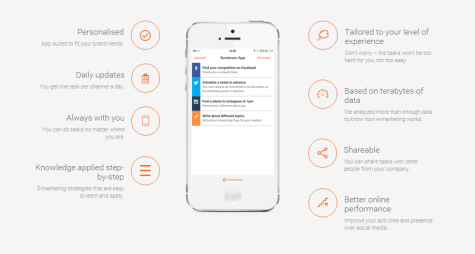Today, I would like to feature a guest blog from a good friend of mine, Melonie Dodaro on the topic of Social Selling. In her latest book, she describes how salespeople can unlock the power of LinkedIn in the sales process to generate lead and do prospecting efficiently. So here it goes…
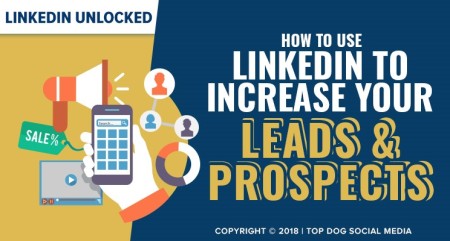
“We have entered an era of digital transformation that has completely changed the way people buy. As a result, businesses, marketers, and sellers, need to adapt to stay relevant and competitive in attracting the modern buyer.
We have experienced more change in the last decade than anyone could have possibly imagined.
To attract today’s buyer, it requires a shift in the sales dialogue from “What can I sell you?” to “How can I help you?”
Today your personal brand is more important than it’s ever been as people are looking to find out more about an individual before they do business with them.
Seven seconds is all you have to wow a potential client. Your social selling success is dependent on how your LinkedIn profile represents your personal brand.
With all of these challenges, there is still tremendous opportunity. You now have tools available to you to connect directly with your ideal prospects, with the click of a button.
And while everyone has been talking about social media for years, few talk about the power of LinkedIn. I believe many businesses ignore LinkedIn for two primary reasons:
- It isn’t sexy.
- It isn’t fun or exciting.
While LinkedIn may not be exciting, getting new clients and having a successful business certainly is!
There are five crucial steps that will turn LinkedIn into a highly predictable lead generator for you; I call this The LINK Method™.
In the infographic below I will share with you the five-step process, what you need to have in your profile to attract your ideal clients, trigger events that allow you to build relationships with your prospects on LinkedIn, how to leverage existing relationships, and much more.
Are you interested in discovering how to turn LinkedIn into a lead generation machine? Take a look at the infographic below:


I believe that when you stop collecting connections and start building relationships, you increase trust, credibility and attract more clients. This is vital because effective social selling is all about building relationships and trust.
The beauty of LinkedIn is that it is a platform that was designed to help you find, connect and then build a relationship and trust with the exact group of people that comprise your target audience.
Yet people continue to make two very serious mistakes with LinkedIn and social selling.
Mistake #1: They rush to a sale right after connecting with a potential prospect.
Mistake #2: They never move the conversation offline, or don’t know how to, as it’s offline that you convert a prospect to a client.
LinkedIn is the premier business platform for social selling and the tips shared in this infographic represent just a small portion of the blueprint laid out in my brand-new book LinkedIn Unlocked: Unlock the Mystery of LinkedIn To Drive More Sales Through Social Selling.
In LinkedIn Unlocked you will learn a step-by-step system that will help you generate a steady stream of new leads, clients, and sales on LinkedIn in under 30 minutes a day.
To celebrate the launch of LinkedIn Unlocked, there is also $221 in free bonuses, including a companion workbook with all of the exercises, worksheets and templates provided in the book. Click here now to learn more about LinkedIn Unlocked and the exclusive bonuses.”

I hope you enjoyed the guest post from Melonie!
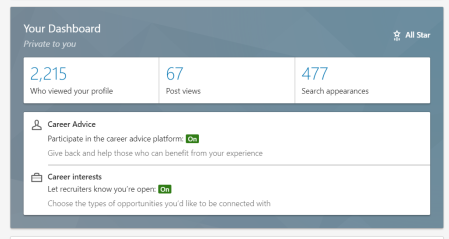
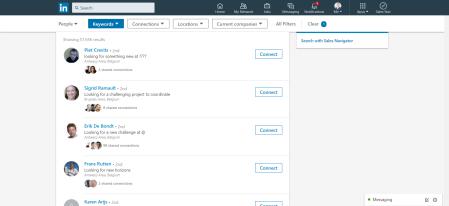
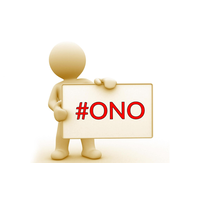

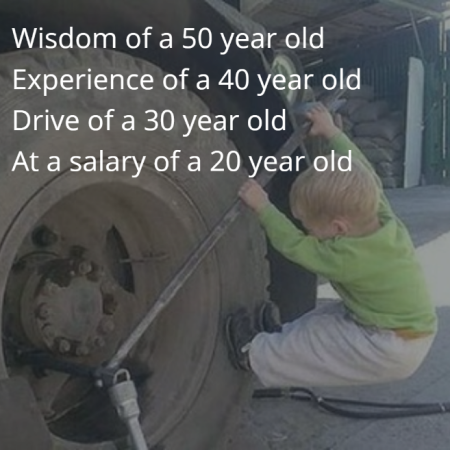

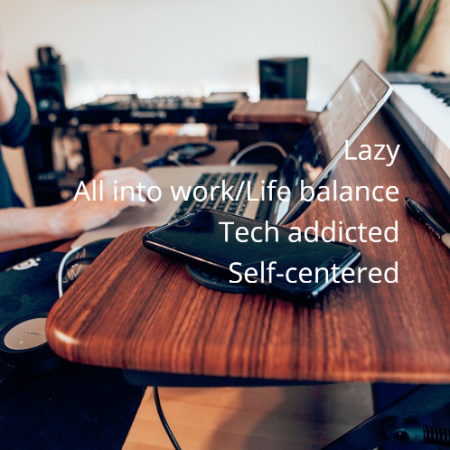


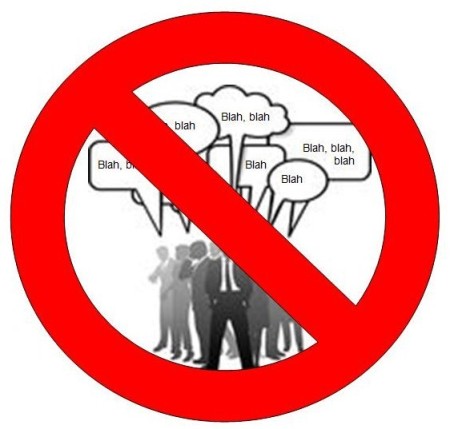




 In March 2018, Twitter undertook efforts to reduce the spam or similar tweets and no longer allows tweets to be posted from Hootsuite & Buffer to multiple accounts. As of August 1st, 2018 you can no longer use tools like Hootsuite or Buffer to post to personal profiles. LinkedIn has never supported any planning of messages from the platform but I wonder when they will banish posting via Hootsuite and Buffer and others.
In March 2018, Twitter undertook efforts to reduce the spam or similar tweets and no longer allows tweets to be posted from Hootsuite & Buffer to multiple accounts. As of August 1st, 2018 you can no longer use tools like Hootsuite or Buffer to post to personal profiles. LinkedIn has never supported any planning of messages from the platform but I wonder when they will banish posting via Hootsuite and Buffer and others.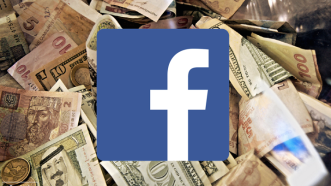 People who want to do personal branding are now forced to move a page on Facebook which drives your right to the Facebook bank. Since posts on pages get very limited traction, visibility, and impressions, you will have to pay for your personal branding (sponsored content) just like large corporations. Where is the authenticity in that?
People who want to do personal branding are now forced to move a page on Facebook which drives your right to the Facebook bank. Since posts on pages get very limited traction, visibility, and impressions, you will have to pay for your personal branding (sponsored content) just like large corporations. Where is the authenticity in that?
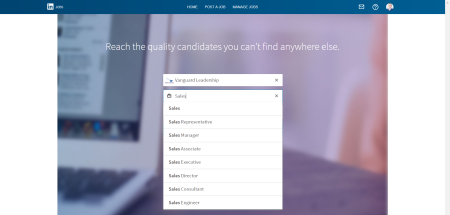
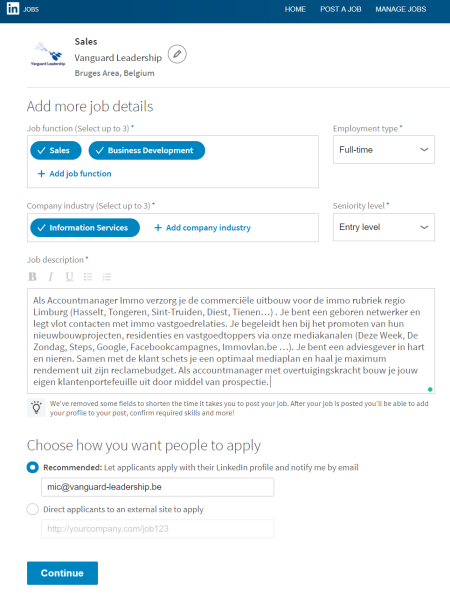
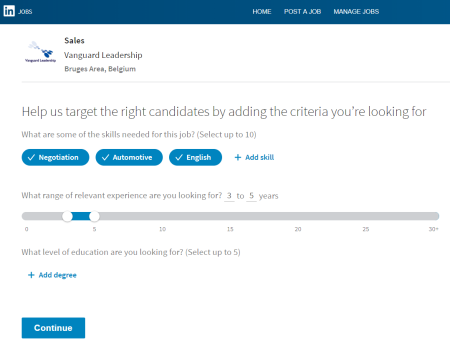
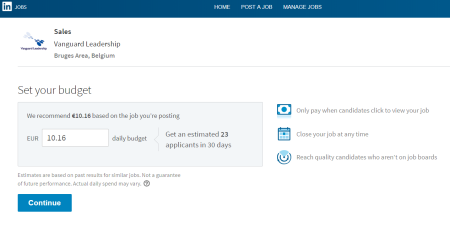
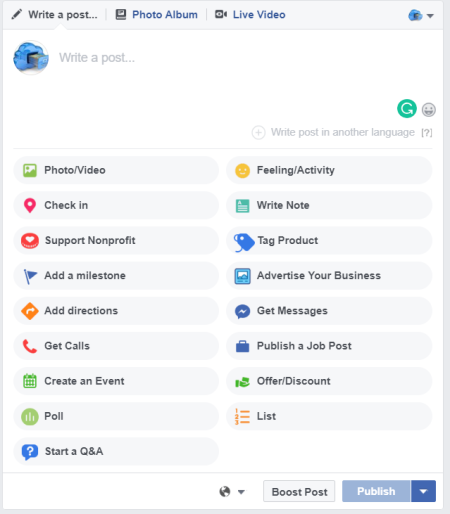
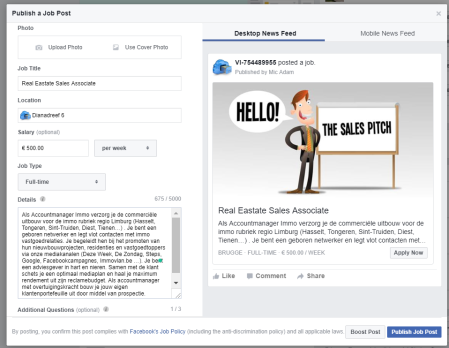
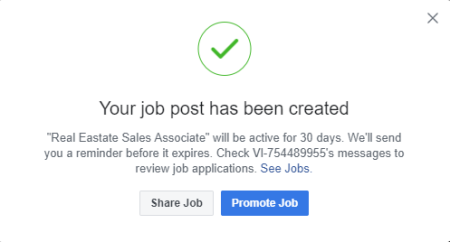
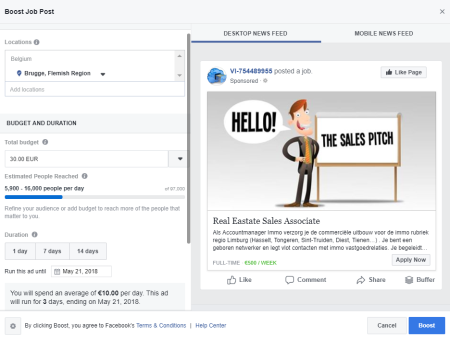





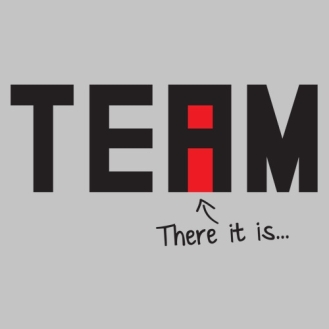

 The low hanging fruit for ambassadorship is Employee Advocacy and yet many (not to say most) companies are failing miserably at it.
The low hanging fruit for ambassadorship is Employee Advocacy and yet many (not to say most) companies are failing miserably at it.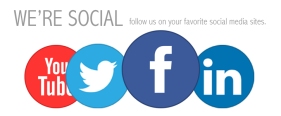


 Sharing is a 2-way process and successful posts have a high level of human factor embedded in them. Showing off your employees (and no, they will not be stolen away from you) and their content will make sharing so much more attractive. One step further is using content from your employees on your corporate account will dramatically increase even more the level of sharing. See it as a pat on the back and recognition for having great content.
Sharing is a 2-way process and successful posts have a high level of human factor embedded in them. Showing off your employees (and no, they will not be stolen away from you) and their content will make sharing so much more attractive. One step further is using content from your employees on your corporate account will dramatically increase even more the level of sharing. See it as a pat on the back and recognition for having great content.


 Recently, I came across an interesting app called
Recently, I came across an interesting app called 